Photo: © Video screenshot

Photo: © Video screenshot
“There are no boundaries between reality and dreams”, “Only intuition can lead to the truth”, “We will connect the incompatible” – this is how the surrealists declared themselves to the world in 1924 and took a group photo for history. But, judging by the pictures, the idea of posing with their backs turned out to be unsuccessful.
In the group photo genre, they have clearly been surpassed by North Korean leader Kim Jong-un. Hundreds of people with the same facial expression in one frame – that’s where the real surrealism is. And it’s not easy to take pictures like this. Surprisingly, the best way to deal with such mass scenes was 100 years ago. How did photographers manage to capture more than a thousand people in one picture? Talks about it program “Unknown History” with Boris Ryzhov on REN TV.
More than a thousand faces in one picture
The photo of 1250 fighters of the Keksholm regiment of the Russian Imperial Guard was taken at the beginning of the 20th century. In this picture, you can see the face of everyone, and everyone is looking directly into the lens, no one turned away or closed their eyes. But then the cameras did not differ in high definition resolution, and there were no photo editors in sight.
“In fact, it is absolutely impossible to do this in modern conditions with modern short exposures. I would have to take a lot of shots, and then in Photoshop combine and look for people with their eyes closed and change them”– says photographer, documentary filmmaker Sergei Gavrilov.
To shoot the guardsmen, special scaffolding was built – more than 20 rows of 50 people each. The arrangement of people by height alone took several hours.
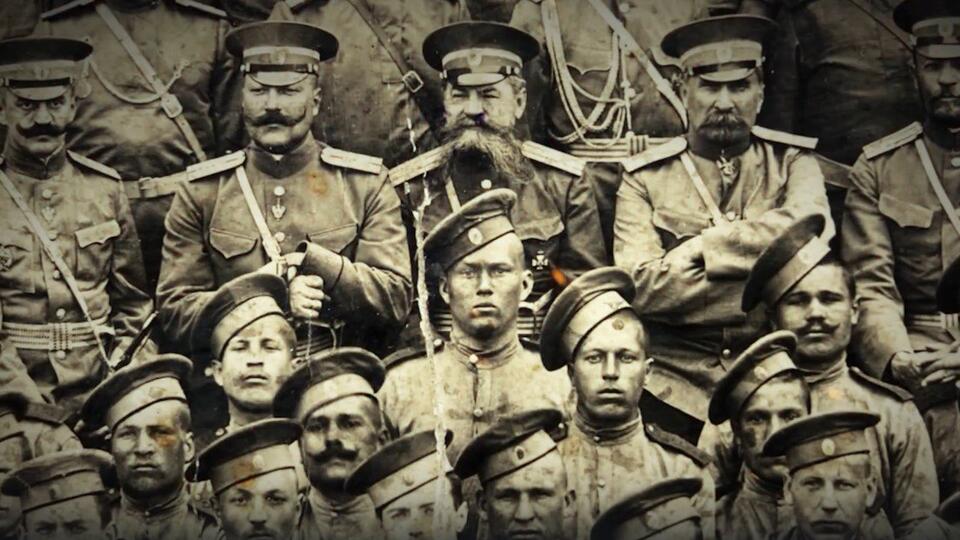
“To collect these people, arrange them exactly so that they all fit perfectly clearly into the frames of the frame, choose soft, diffused lighting. After all, there is clearly not sunlight, but diffuse cloudy lighting, so that the light pattern is the softest and most suitable for this kind of photos”said the expert.
Unknown photographer
The photographer who took this picture is a real pro. But no one knows his name. And the very history of this photo is very mysterious, sometimes even detective.
“It is believed (and this is probably true) that one of the amateur photographers worked in the criminal investigation department in the Kalinin region in the city of Tver, as it is now called. And there, during the investigation of one criminal case, which he successfully investigated, the woman wanted to thank him and gave him this photo, knowing that he is a amateur photographer”– said Gavrilov.
The investigator handed over the photo to the regional photo club, and in 1993 it migrated from there to the Union of Photographers of Russia. There, the photographer Svetlana Pozharskaya noticed the picture and included it in her book.
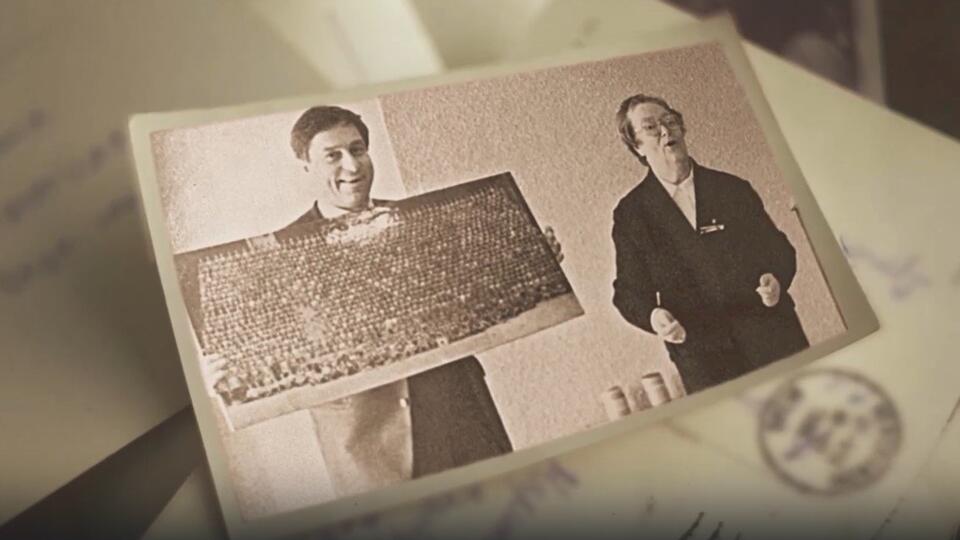
“This picture became famous thanks to Svetlana Pozharskaya, a wonderful historian of photography and popularizer of photography. She found this photo by chance on the wall in the Union of Photo Artists. She came closer and was stunned by the highest quality of this image”– said Sergey Shakhidzhanyan, a journalist and lecturer at the Department of Photojournalism and Technology at Moscow State University.
How the photo was taken
The photo was scanned and posted on the Internet, and since then the controversy around it has not subsided. How did an unknown master manage to take such an amazing shot more than 100 years ago?
“When I looked at this photo close up, it seemed to me that some of the people were still glued there. In a company (a company is about 100 people), people were driven onto specially knocked together benches, placed in front of the camera, and the photographer shot them separately. After This, when all the companies were ready, the pictures were glued and retaken again. They were glued very carefully, retouched so that it was not noticeable where the scissors cut out the figures. And then they were retaken again “– Shahidjanyan explained
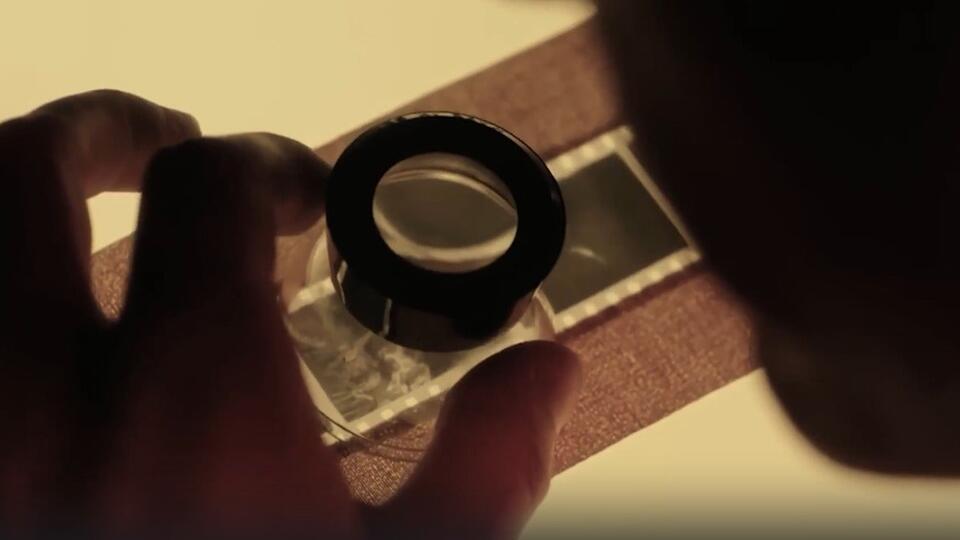
According to another version, the photo was still taken in one frame. In the original, its size is 44 by 98 centimeters. Most likely, they printed a picture from a glass negative using a contact method. What kind of camera did the photographer use? Here, too, opinions differ. One thing is clear – this is a giant device with a lens about a meter in diameter.
“In those days, large format cameras were used, on which there were large image carriers, roughly speaking, huge photographic plates”Gavrilov noted.
A photograph of the Kexholm regiment became the basis for a documentary film, and this is the only case in the history of cinema. Panoramic shooting, in the frame – the faces of the guards, behind the scenes – the announcer’s voice reads letters and memoirs of soldiers and officers of the pre-revolutionary army.

The world’s largest camera
Fitting a whole regiment on one frame is not an easy task. What about a locomotive with six cars? In 1899, in the United States, a major railroad company produced a new comfortable train and planned to show it to the whole world. It was obvious: a photographer was needed, and the best one at that. George Lawrence was considered such at that time – an innovator and a real ace in his field.
“The photographer offered to photograph each trailer separately and glue the panorama together. It would have turned out to be such a photoshop of the late 19th or early 20th century – a photomontage, in fact. But the railway company refused. They offered as much as five thousand dollars for this work, and at that time it was huge money that could almost buy a house”– said the documentary filmmaker.
Lawrence took the money and used it to build a camera, the largest in the world. The weight of this device is 507 kilograms, the photographic plates – 226 kilograms. Another 120 kilos weighed a mixture of rubber and glue, which was used to process the moving part of the camera. For his offspring, Lawrence came up with a completely appropriate name – “Mammoth”.

“There are heavy cameras that sometimes you don’t want to take with you. They weigh one and a half or two kilograms. This camera weighed several hundred kilograms, and required a whole team of dozens of people to serve”added the photographer.
“Mammoth” coped with its task by 100%. It was decided to send the resulting photograph to an exhibition in Paris. But the jury members decided that this was some kind of hoax. The chairman of the jury personally traveled to Chicago to meet Lawrence. When he was convinced that both the train and the photo were real, George Lawrence received his well-deserved award – the Grand Prix and the title of the best photographer in the world.
Live Photos
After a couple of decades, many photographers learned how to take such large-scale photos, but they used them as a propaganda tool. 100 years ago, the so-called live photographs came into fashion in the United States – staged works performed with the participation of extras, most often soldiers and officers.
“So, for example, in 1918 in the state of Ohio, a portrait of American President Woodrow Wilson was made from living people. More than 60 thousand soldiers were lined up in the field, and each was given a certain flag so that they, on command, portrayed a portrait of Woodrow Wilson, which, however, was only visible from the plane”said the expert.
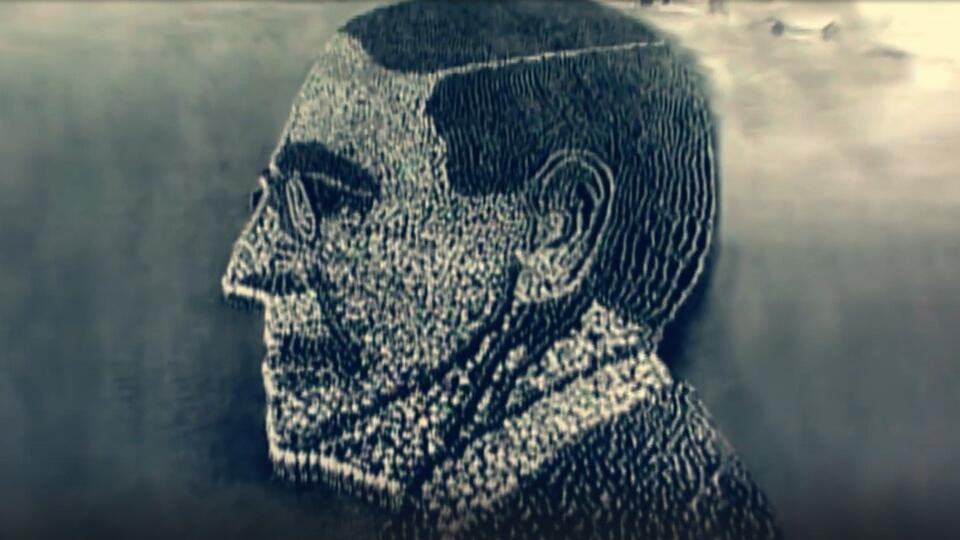
Such photographs were taken from a height: the camera was placed on a tower 24 meters high. Due to the distortion of perspective, people had to be placed unevenly. For example, in the foreground of a photograph called “The Statue of Liberty” two thousand people – this was enough to form the main part of the statue. But to make a torch, it took already 16 thousand soldiers.
“The organization of such photographs is akin to a real commander’s talent, since the commander must have the army that listens to him. The same thing happens when shooting such large-scale battle scenes”– the teacher of the Department of Photojournalism and Technology of Moscow State University drew attention.
History of Landmesser
A photograph of 1936, taken in Berlin, is considered a symbol of perseverance and fortitude. The picture shows several hundred people raising their right hand in a Nazi salute. And only one, in the very center of the frame, is standing defiantly with his arms crossed over his chest.
“A certain German journalist in 1992 drew attention to this picture and published it in a newspaper with a request to respond to those people who know anything about this person. And his daughter responded”– said Shahidjanyan
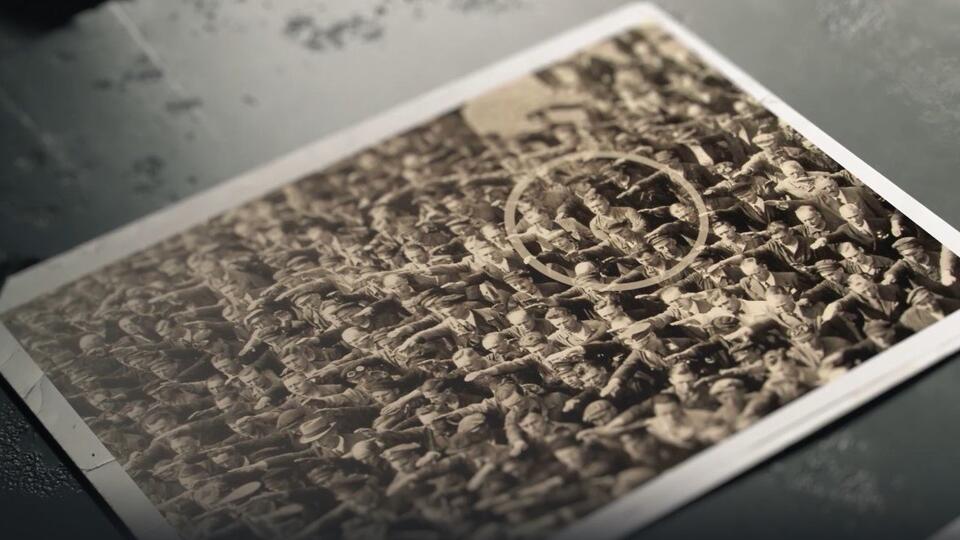
So the world learned the name of an unknown hero – this is August Landmesser. The picture was taken in July 1936. By this time, August had experienced all the horrors of the Nazi regime. In 1931, he joined the National Socialist Workers’ Party – it was easier to find a good job that way. But four years later he was expelled for marrying a Jewish woman.
“It was hard. Mom was pregnant with me, but this did not save her from endless checks and arrests. Dad was also taken into custody, even before I was born.”– shared the details of the daughter of August Landmesser Irene Eclair.
The wife of August Landmesser died in 1942 in a concentration camp. The hero himself, having experienced all the horrors of the Nazi repressive system, was sent to a penal battalion and died on the eastern front.
Different versions of historical events, amazing episodes of history, little-known facts and interesting theories – study all this and much more in the Unknown History program with Boris Ryzhov on REN TV.
Source: Ren
Alfred Hart is an accomplished journalist known for his expert analysis and commentary on global affairs. He currently works as a writer at 24 news breaker, where he provides readers with in-depth coverage of the most pressing issues affecting the world today. With a keen insight and a deep understanding of international politics and economics, Alfred’s writing is a must-read for anyone seeking a deeper understanding of the world we live in.
